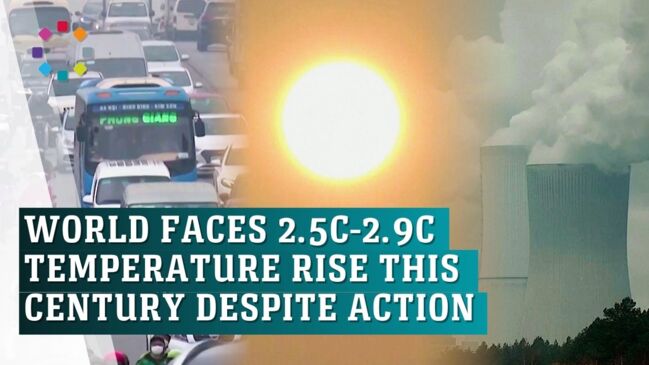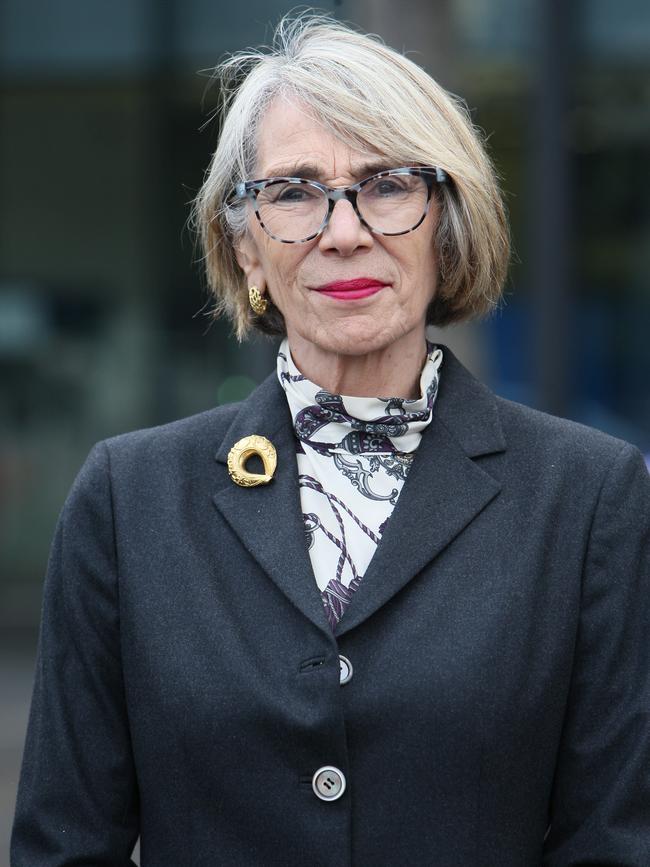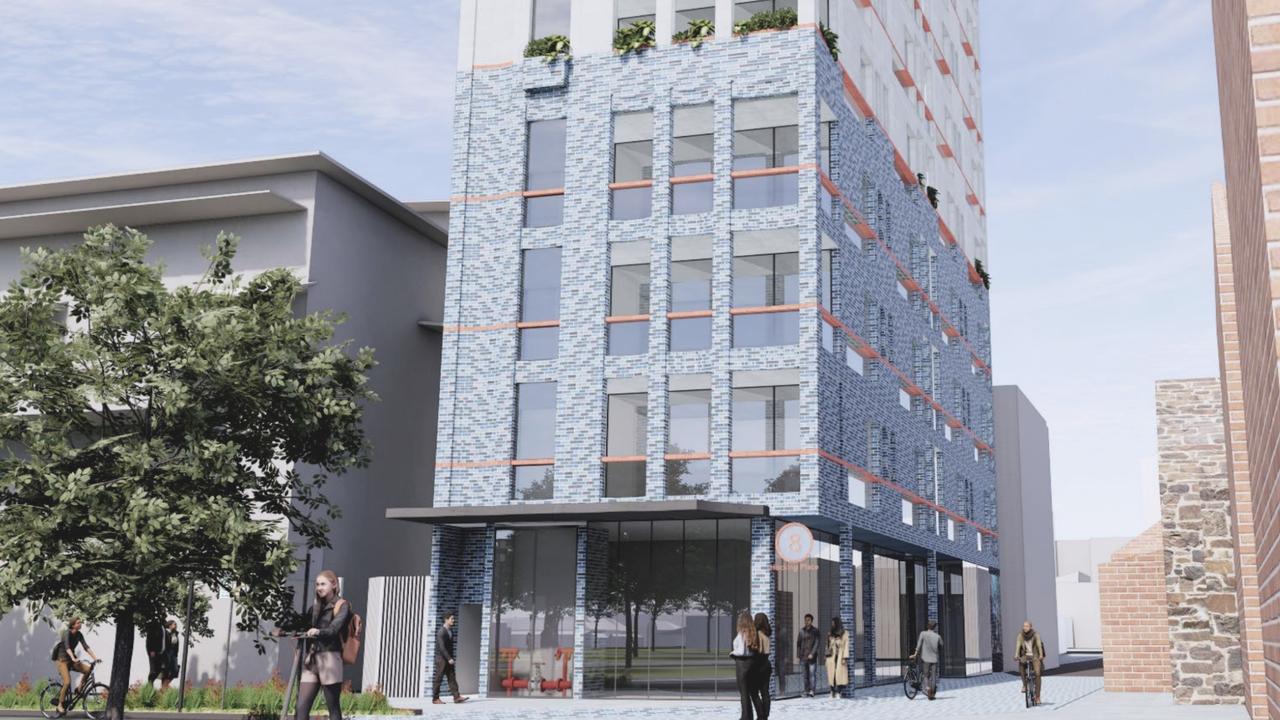Adelaide City Council draft climate strategy pushes for climate-resilient city to cope with 50C days in 100 years
The Lord Mayor says Adelaide’s CBD will need significant investment – or climate change will destroy business. Read the plan here and have your say.

City
Don't miss out on the headlines from City. Followed categories will be added to My News.
Adelaide City Council aims to have 10,000 more people cycling to work every day by 2035 and plant nearly 500 more trees every year under a draft climate strategy that paves the way for a dramatic increase for more e-vehicles in the CBD.
Lord Mayor Jane Lomax-Smith said she was “obsessed” with the idea of creating a climate-resilient city that can cope economically with predicted 50C days in the next century.
“If we don’t start planting trees and starting worrying about infrastructure design, we’re going to undermine the survival of our economy,” Dr Lomax-Smith said.
“My goal when talking about a climate-resilient city, is about shade, making sure our temperature maps are going in the right direction every year and investing in tarmac that doesn’t hold the heat, investing in street furniture that has a cooling, not heating effect.
“It always costs money, but if we don’t start investing now, the future looks very bleak for us.”
The draft strategy – out for public consultation now – aims to have nearly half of all local residents walking to work, an increase of 6000 a day to 9000, by 2035.
It is not costed because the council is seeking public comment on the draft.
It proposes a huge rise commuters cycling to work, from 2.6 per cent to 10 per cent, an extra 10,000 a day.

“A lot of this depends on good, ongoing investment in public transport and significant investment into bicycle paths to make it safer for cyclists,” Dr Lomax-Smith said.
Asked how many petrol-powered cars she’d like to see in the CBD, she said Adelaide City Council has had an “impetus” for net zero emissions for some time.
“We know that 43 per cent of our commuters use cars and very few people are cycling, about 3500 are coming into the city, so that’s barely a couple of per cent of inflow of people into work,” she said.
“The more cars you have that are not electric, the more pollution, the more congested the streets are.
“If we can have more micro mobility with people walking and cycling and using scooters, the roads are less congested and we’ll have a reduction in carbon as well.”
The strategy proposes doubling the parklands trail tree canopy by 2035 with an extra 485 trees every year.
The city council has planted just 117 trees in the past seven years, Dr Lomax-Smith said, and needs to “dramatically” lift its game.

“We have to adapt our assets to make the city viable on really hot days,” she said.
“So we have to change the infrastructure, and the simplest way to do that is to have canopy cover with trees.
“There are plenty of streets in the square mile with not a single tree.”
Deciduous trees that provide shade in summer and light in winter would be planted in the CBD, while native trees would provide cover over commonly used paths in the parklands, she said.
“That means not pencil pines, but things shaped like a mushroom … we need every street to have shade.
“And jacarandas – I know some people want to chop them down because they aren’t native, but the reality is, in the square mile, you can have ceremonial areas and trees that are not native.”
She highlighted Gouger St for its shady trees and veranda canopies over the footpath, creating an “attractive” street encouraging outside dining and activity on hot days.
“We want proper canopy cover, we want green walls, we want plantings and verandas –
unless we don’t do something to our infrastructure, everybody will suffer.”
Another 100 public EV and bike charging stations would be installed before 2025, to bring the total to 154 across the city.
As the council pushes the state government to move quicker on its promised e-scooter legislation, it would lead on-street charging trials in residential areas and work to remove “barriers” to retrofitting apartments with EV chargers.
“We’re trying to decarbonise the economy to an extent, to get to a net-zero city, so it’s a matter of having cars that are EV,” Dr Lomax-Smith said.
“The challenge for Adelaide is we have a lot of catching up because people struggle to get EV charging points.
“There are points in public carpark, but if you’re in an apartment block there are limited resources, and if you live in old cottages without off-street parking, it’s really challenging.
“So our plan is to have more onstreet charging and more available charging points..”
The strategy also proposes narrower roads, less through traffic and designing urban development differently to capture Adelaide’s afternoon sea breezes in summer to help cool the city.
It aims to have all homes and businesses in the city powered by renewable energy, cut carbon emissions by 75 per cent and hit zero avoidable kerbside waste going to landfill by 2035.
It is out now for public consultation until March 15.



